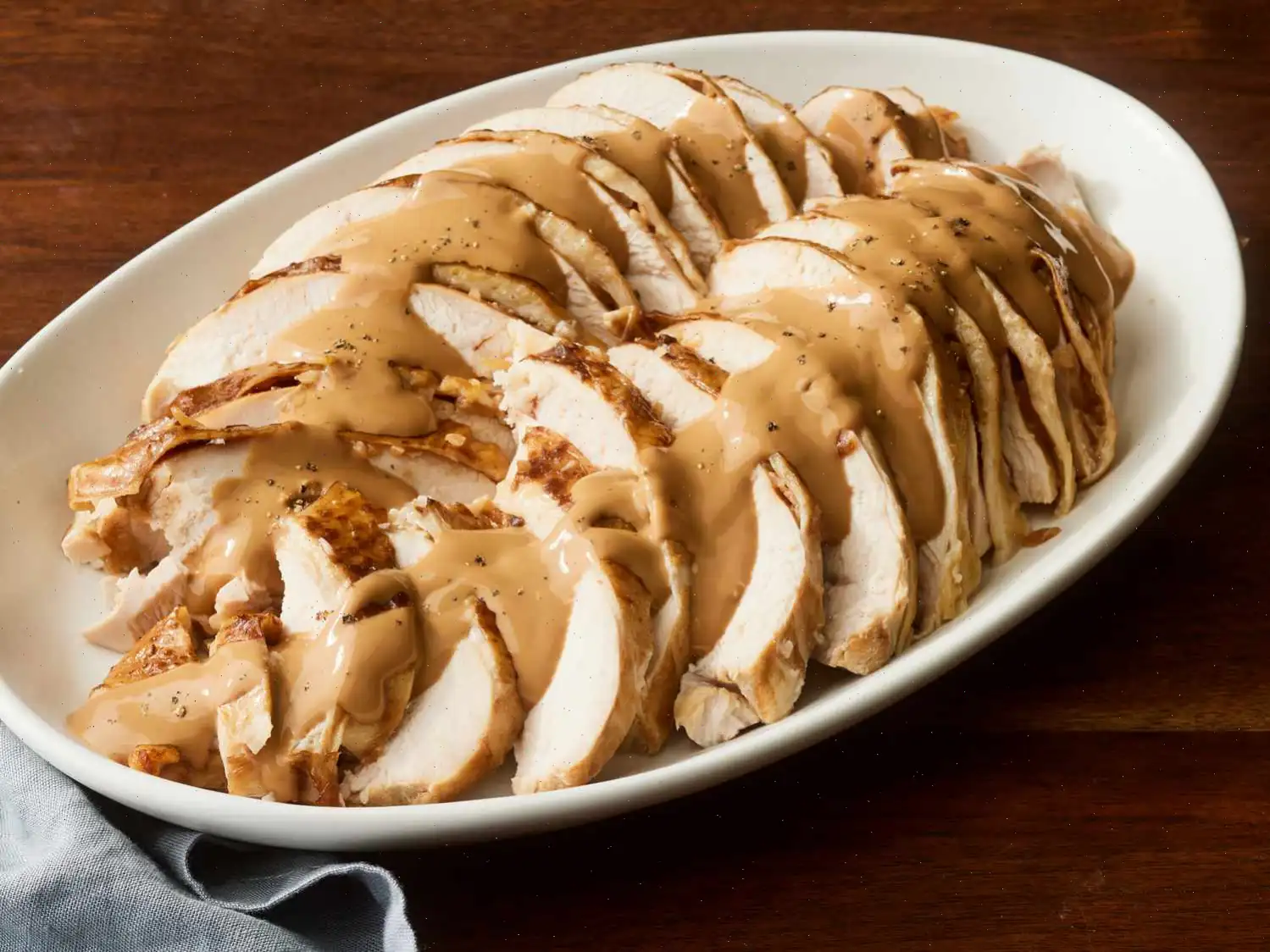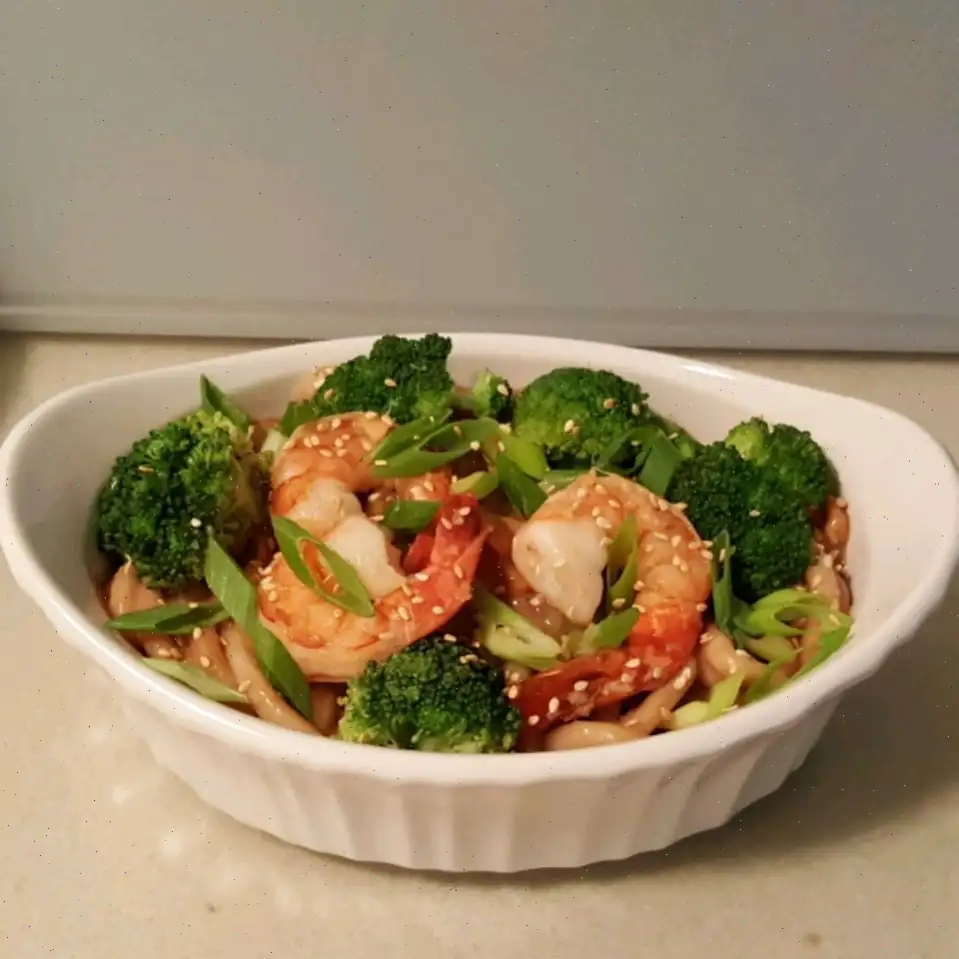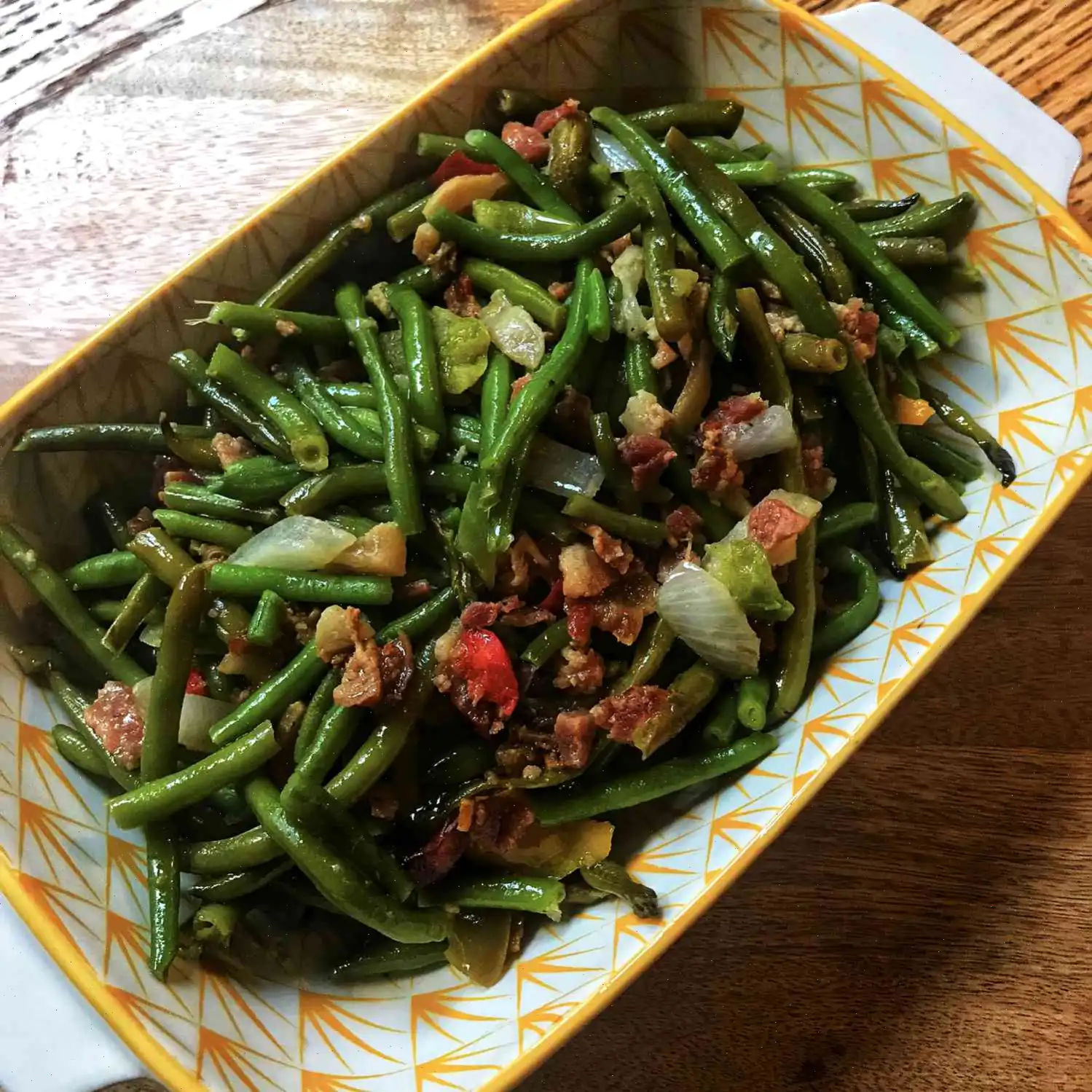
Sole Meuniere Recipe
This simple and flavorful dish is perfect for a quick weeknight dinner. The delicate sole fillets are seared to golden perfection and topped with a luscious lemon butter sauce. Serve it with lemon wedges for an extra citrus kick!
Ingredients (4 Servings)
- 6 sole fillets
- 1 cup all-purpose flour
- 1 tablespoon salt, divided, or to taste
- 1 teaspoon ground black pepper
- 1/2 cup butter
- 2 tablespoons freshly-squeezed lemon juice
- 1 teaspoon lemon zest
- 3 tablespoons chopped parsley
- 1 lemon, cut into wedges (optional)
Directions
- In a shallow bowl, combine the flour, 1 teaspoons of salt, and pepper. Whisk until evenly mixed.
- Pat the sole fillets dry with paper towels, then dredge them in the flour mixture, shaking off any excess.
- Heat the butter in a large skillet over medium heat. Once the butter is melted and sizzling, add the fillets to the skillet.
- Cook the fillets for 1 minute, then add the lemon juice and lemon zest. Continue cooking until the first side is golden brown, about 2 to 3 minutes.
- Carefully flip the fillets using two spatulas. Cook for an additional 1 to 2 minutes, or until the fish flakes easily with a fork. As the fish cooks, spoon the lemon butter sauce over the fillets.
- Remove the fillets from the pan and stir the chopped parsley into the remaining butter sauce.
- Season the sauce with the remaining salt to taste. Stir well, then pour the sauce over the fillets.
- Serve the fish immediately with lemon wedges on the side, if desired.
Nutrition Facts (per serving)
| Calories | 485 |
|---|---|
| Total Fat | 28g |
| Saturated Fat | 16g |
| Cholesterol | 168mg |
| Sodium | 2464mg |
| Total Carbohydrate | 25g |
| Dietary Fiber | 1g |
| Total Sugars | 0g |
| Protein | 33g |
| Vitamin C | 5mg |
| Calcium | 68mg |
| Iron | 2mg |
| Potassium | 447mg |
The History of Sole Meuniere
Sole Meuniere is one of the most iconic dishes of French cuisine, with origins dating back to the 19th century. The term "meuniere" translates to "miller's wife," referring to the simple preparation of dredging fish in flour before frying it. This method was initially popular among French fishermen along the northern coasts, who sought a quick way to cook freshly caught sole while enhancing its delicate flavor. The addition of butter, lemon, and parsley turned a simple fish into a dish that became a staple in both home kitchens and fine dining establishments.
Regional Variations
Though traditionally associated with Normandy, Sole Meuniere has subtle regional differences across France. In Normandy and Brittany, local chefs often use fresh butter from nearby pastures, giving the sauce a richer, creamier taste. In southern France, the dish may incorporate a touch of olive oil alongside butter and sometimes fresh herbs like thyme or tarragon. Outside of France, chefs adapt the recipe based on local fish availability, sometimes substituting sole with flounder, tilapia, or halibut while maintaining the classic lemon-butter sauce.
How It Differs from Similar Dishes
Many dishes involve pan-fried fish with butter, but Sole Meuniere stands out due to its simplicity and the delicate balance of flavors. Unlike fish dishes with heavy sauces or breading, Meuniere focuses on the natural taste of the fish. The key difference lies in the light dredging of flour and careful pan-frying in butter, which creates a slightly crisp exterior while keeping the flesh tender. The final addition of lemon juice, zest, and fresh parsley makes the flavor bright without overwhelming the fish, unlike more robust sauces such as barnaise or hollandaise.
Where Its Typically Served
Sole Meuniere is traditionally served in French bistros and upscale restaurants, often accompanied by simple sides such as boiled potatoes, steamed vegetables, or a crisp green salad. It also frequently appears at celebratory dinners or special occasions because of its elegant presentation and subtle sophistication. While classic French menus feature it as a dinner entre, modern adaptations can make it a lunch option in coastal regions or at seafood-focused eateries worldwide.
Interesting Facts
- Sole Meuniere was famously prepared by French chefs Auguste Escoffier and Julia Child, helping popularize the dish internationally.
- The dishs simplicity makes it an excellent test for culinary skillovercooking the fish or browning the butter too much can drastically alter the flavor.
- The choice of fish is crucial; sole is prized for its delicate, mild flavor, which absorbs the buttery, lemony sauce perfectly.
- Despite its luxurious reputation, Sole Meuniere is surprisingly quick to prepare, often taking less than 20 minutes from start to finish.
- In some French culinary competitions, Meuniere is used as a benchmark to judge a chefs pan-frying technique and seasoning finesse.
FAQ about Sole Meuniere Recipe
Comments
Patricia Flores
03/15/2025 02:26:33 PM
Sole is not commonly available in my area, so I decided to use tilapia fillets from my freezer instead. While cod or halibut would have been preferable, I didn't feel like making a special trip to the fish market. Nevertheless, I was pleased with how this dish turned out. I reduced the amount of butter and plan to add more lemon juice next time - and there will definitely be a next time. This recipe is simple, quick, budget-friendly, and exactly the type of meal I enjoy. It's delicious and worth trying out.
Adam Thomas
05/28/2025 06:04:39 AM
This recipe was incredibly simple and delightful. It pairs well with a variety of fish options, such as affordable swai and flounder. Be sure to enjoy it with a side of mashed potatoes, rice, or a slice of garlic bread to soak up the delicious lemon-butter sauce.
George Allen
08/27/2024 08:30:13 AM
This recipe is incredibly simple, and the fresh sole fillet was wonderfully mild without any fishy taste. The lightness of the dish was complemented perfectly by a side of vinaigrette coleslaw and a baked potato. It was a truly refreshing meal!








